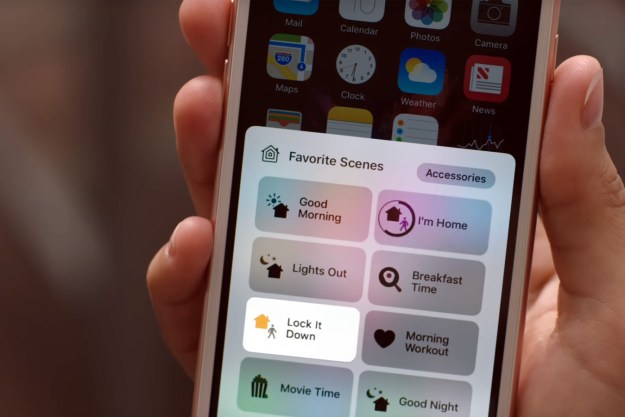The Google Home and Amazon Alexa are powerhouses when it comes to controlling smart home devices, scheduling appointments, and even tasks like summoning an Uber before you head out the door. The devices have numerous applications in terms of helping senior citizens maintain their independence for longer, such as reminders to take medication and tele-doctor visits.
But Google Home and Amazon Alexa still lack that one thing that would make them a must-have in the home, a feature that would make people invest even if they have no other smart home devices — the ability to call 911. At present, neither Amazon
Google Home will soon be able to call 911
Back in October, Google announced new subscription plans for Nest Aware subscribers. These plans will make the subscription more affordable, but also introduce the ability to call emergency services by saying, “Okay Google, call 911.” This ties into push notifications from smoke alarms and other home safety devices. It’s not clear when Google will make these Nest Aware subscriptions available, but doing so will give the
Alexa can call 911 through the Echo Connect
The Echo Connect is a discontinued product that didn’t receive much acclaim from
If you plan to buy an Echo Connect, or have one laying around, you can set it up to call 911 relatively easily. You can find step-by-step instructions here, in a piece Digital Trends published earlier this year. The only way this works is through a landline connection. Otherwise, Amazon Echo devices are unable to complete the call.

If you cannot get your hands on an Echo Connect, there is another option. The
Siri can call 911
While Amazon
Why smart devices cannot call 911
There has long been discussion about why smart devices cannot contact 911. The underlying reason is somewhat complex. The 911 system was installed with landlines in mind, allowing emergency responders to zero in on a person’s location based on where the call came from. The call would be then routed to the appropriate station and help could arrive quickly.
The advent of cell phones muddied the waters a bit. Because cell towers are so spread out, calling 911 from a cell phone makes it difficult for first responders to locate exactly where the call originates from. Best practices for calling 911 from a cell phone include disclosing your location immediately, as well as any other pertinent information.
Much of the controversy surrounding smart assistants and 911 hinges on where the call will be routed and how responders will be able to locate the caller. However, the setup process for smart assistants includes entering an address. The address is used for services like pizza delivery, calling an Uber, and much more.
In time, this feature might come to smart speakers, although the functionality may be accompanied by a monthly charge.
The next step
Smart speakers have the potential to become a huge part of your home security system, but only if more features are added to them. At present, smart speakers can arm and disarm your security system, but what if triggering the system prompted
The base features are already there. Smart speakers can provide different responses to different people via Voice Recognition. It is possible that one day a smart speaker could listen for unusual voices when none of the usual users were around and set off an alarm, or contact emergency services, acting as a last line of defense if the rest of the system fails.
Editors' Recommendations
- Home Depot’s Hubspace is a great way to start building your smart home
- Daisy is an installation and repair company designed for your smart home
- Kohler reveals luxurious smart home products that turn your bathroom into a spa
- Here’s how to throw a killer Halloween party with your smart home
- Ring helps you find your lost furry friend with the Ring Pet Tag




